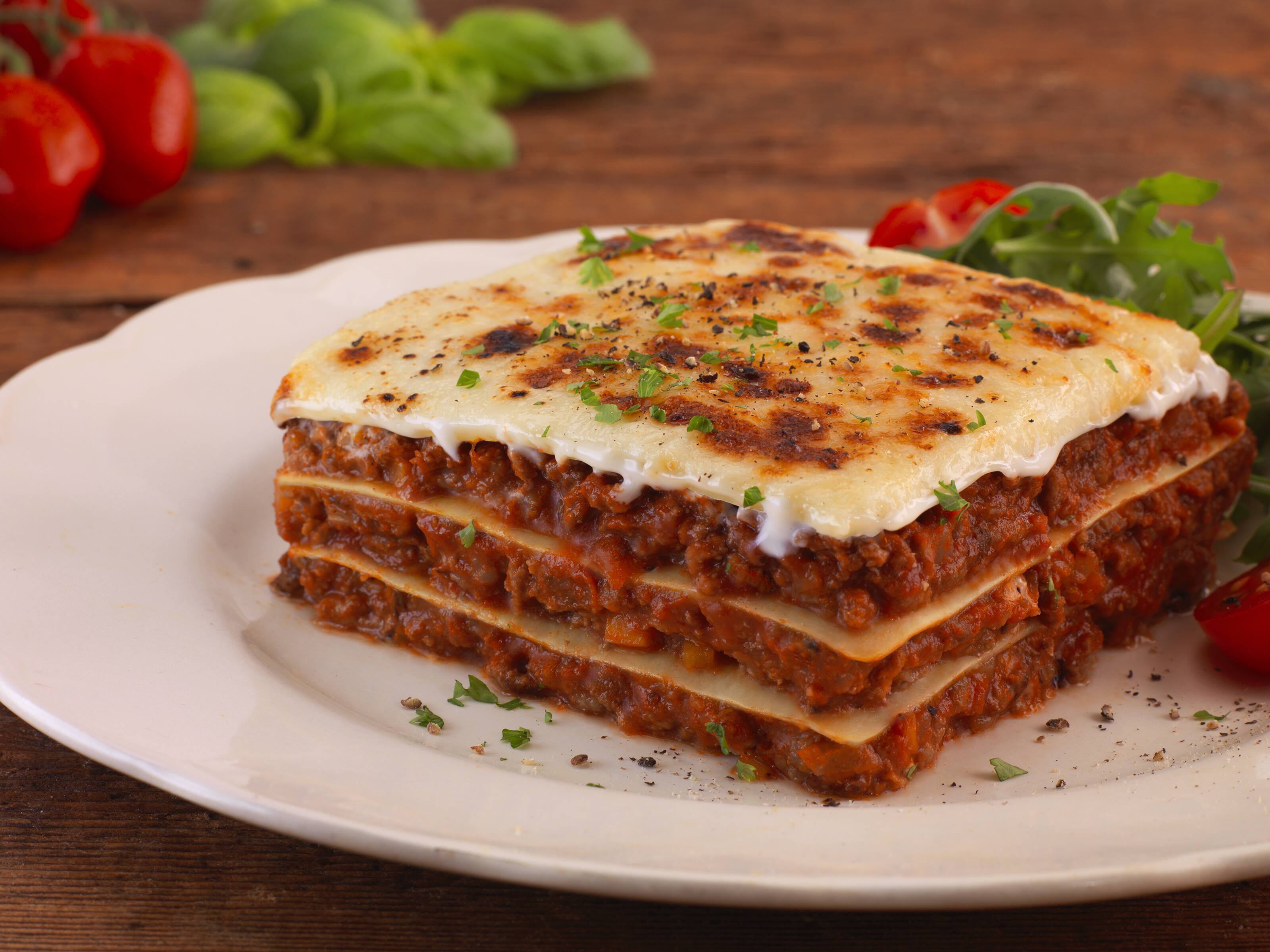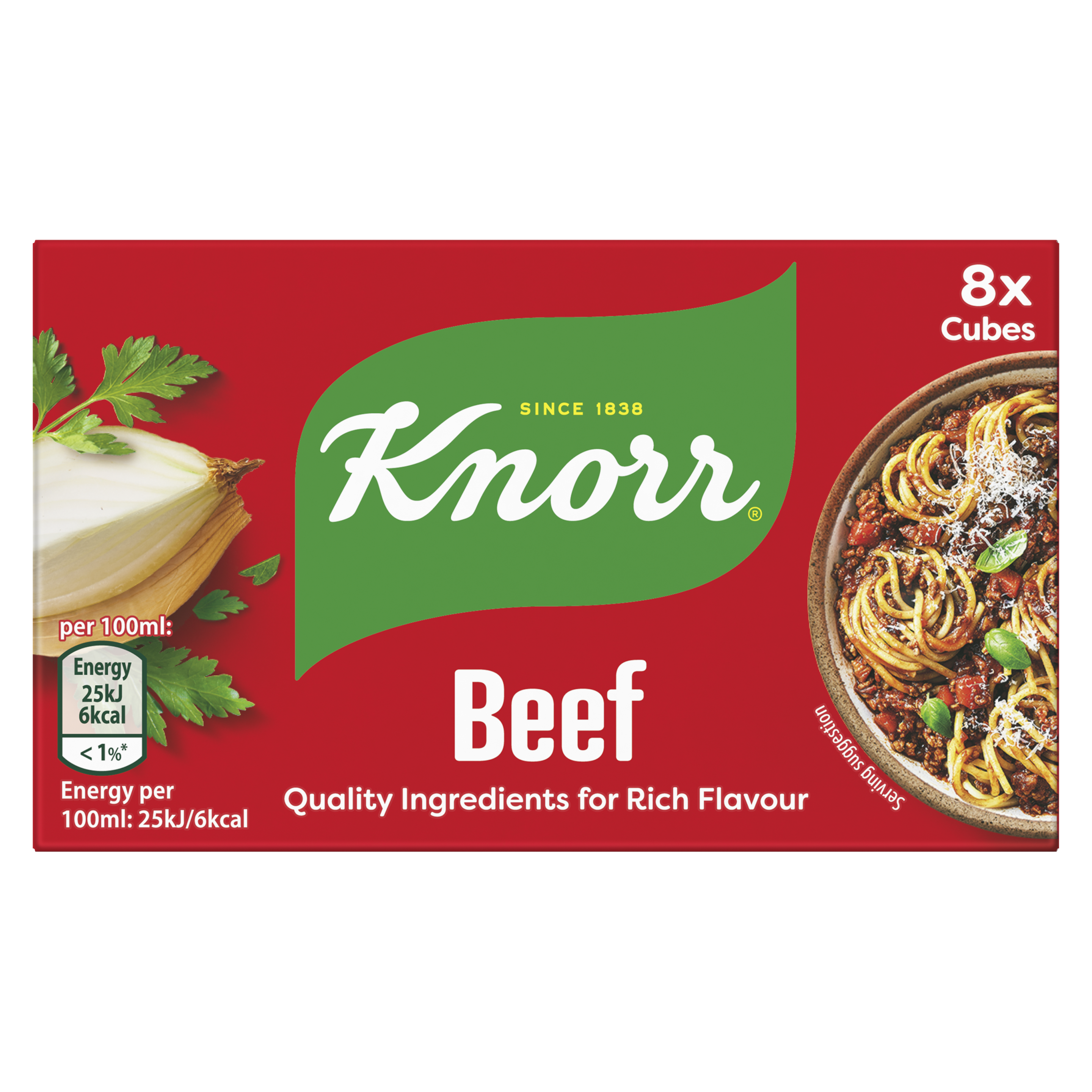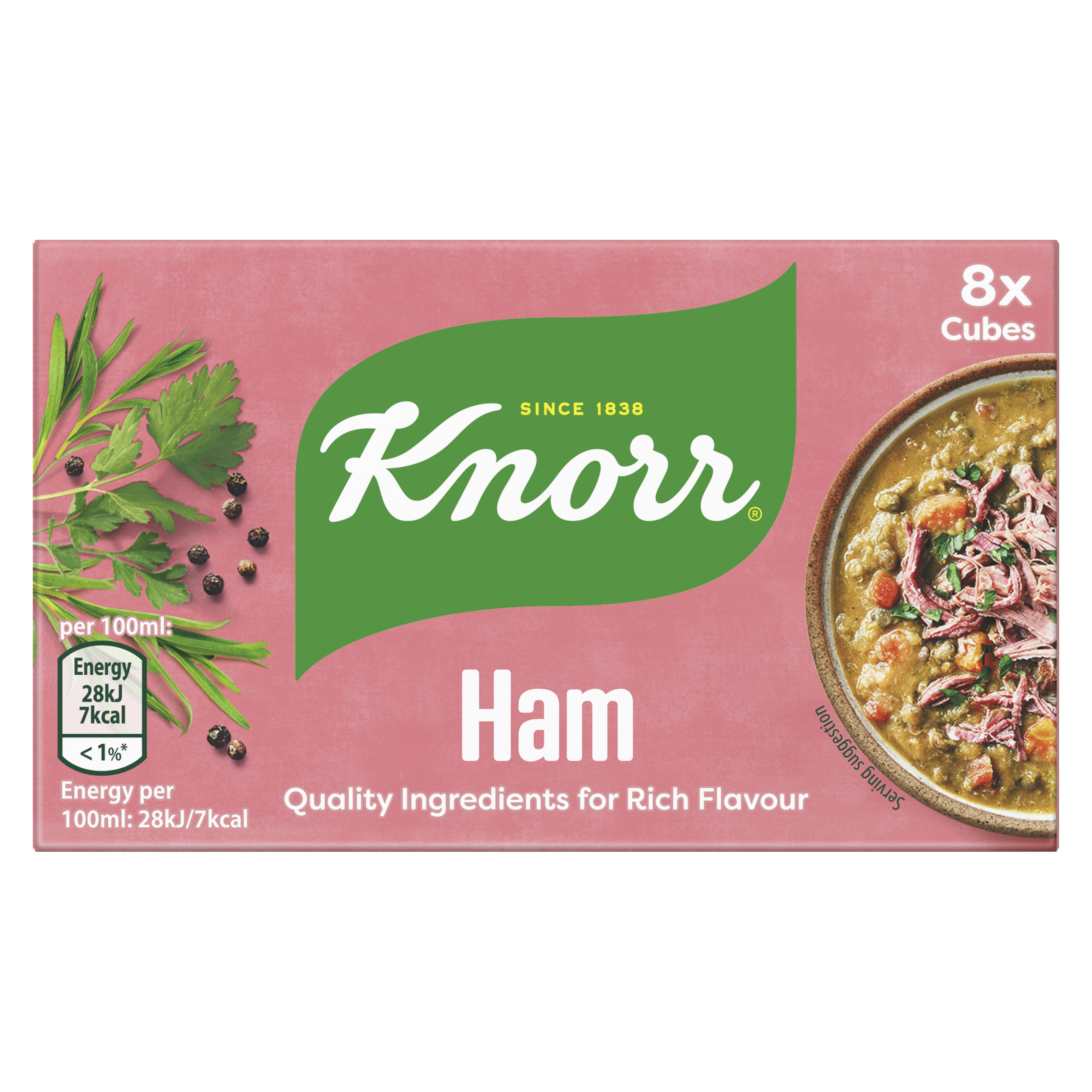Skip to:
A great tasting, fresh ragu and a delicious, creamy bechamel sauce are crucial when making homemade lasagne. Master this comfort food classic with these easy tips.
The secret of a great lasagne is to start with nice and fresh, homemade ragu and homemade white sauce or béchamel.
It’s a great idea to make your ragu up to two days ahead, this way the flavours have time to develop. For a great ragu cook the minced beef with some chopped onions, garlic, chopped tomatoes and a Knorr Beef Stock Pot. You should store the ragu in the refrigerator once cooked. Re-heat before using in the lasagne.
Tips on béchamel sauce
Make the roux by combining melted Flora Buttery with some flour in a very gently heated pan.
Gradually whisk in the milk in order to thin out the roux slowly and evenly, avoiding lumps. Remove from heat, and slowly whisk in remaining milk before returning to the heat. Keep stirring constantly until thickened and smooth.
Remember, don’t leave unattended for a moment or the sauce will burn. The more time you take adding the milk little by little and stirring really well the smoother your sauce will be. It takes time but the results are fantastic! If your sauce is lumpy don’t worry, just pass through a sieve and place back onto gentle heat before serving.
Alternatively, for an easy lump free sauce why not use the all in one method: Simply put milk in a saucepan, with the flour and Flora Buttery and bring everything gradually up to a gentle simmer, whisking continuously, until the sauce has thickened and becomes smooth and glossy.
Putting it all together
For lasagne you need two or three layers of lasagne pasta sheets in total. The more lasagne sheets you have the better the shape and less likely it is to fall apart when served.
To assemble the lasagne, lightly oil a casserole dish. Spoon some of the ragu sauce into the base of the dish then cover with a layer of lasagne sheets. Drizzle over some of the white sauce. Add some grated Mozzarella cheese. Repeat to make as many layers as desired then cover with the remaining white sauce. Sprinkle with some grated Parmesan, then bake the lasagne in the oven until it is bubbling and browned with a slightly crisp top.
Be generous and add layer upon layer of flavour
Beef it up
Never too dry, always moist, and with plenty of meat, there’s nothing worse than a lasagne that’s shy on bolognese. My mother always cooked her ragù the day before. That way, the flavours in the meat had time to mature and intensify. I recommend you do the same. These are simple, easy steps that really enhance the flavours of your final dish – watch my Bolognese Sauce video for inspiration.
Get saucy
White sauce is as much a part of lasagne as the pasta sheets and the bolognese. For my mother, so was a topping of her pomodoro sauce, drizzled on just before the dish went in the oven. Looks great. Tastes even better. My Tomato Sauce video shows just how a good pomodoro is really done.
Lay it on thick
When it comes to layering the lasagne, look at my video for a quick guide on how much should go on each stage. Rule of thumb: be generous.
Feeling Italian?
You’ve got your white pasta sheets. Your red beef and pomodoro. On the top, add a touch of green pesto. Presto: il tricolore. But I’m about more than good looks – so expect an extra kick of flavour.









